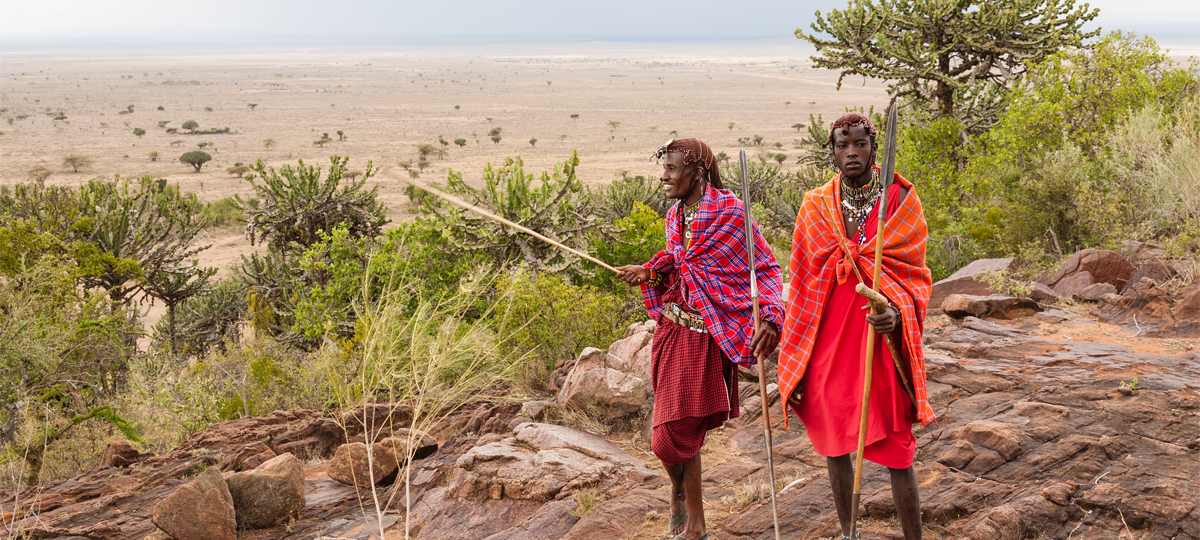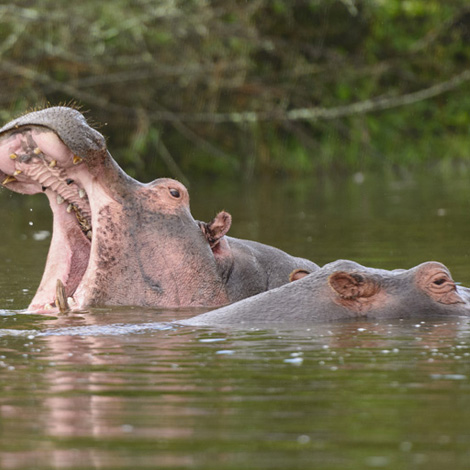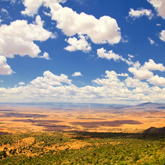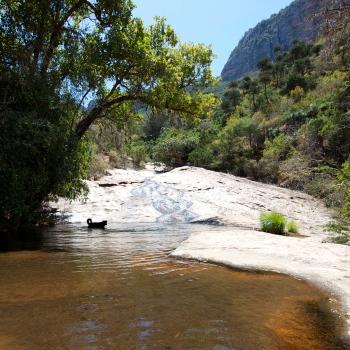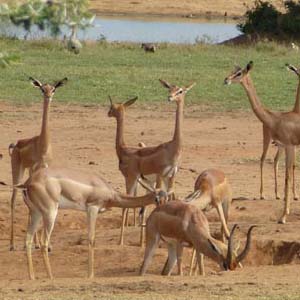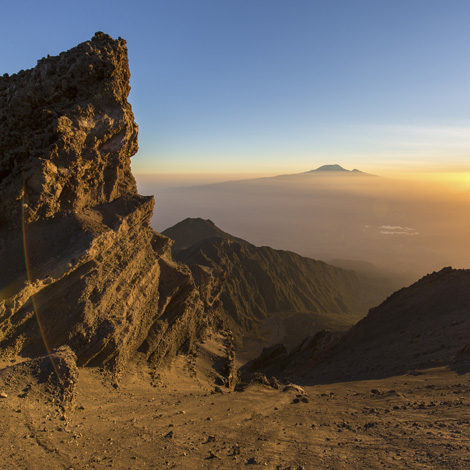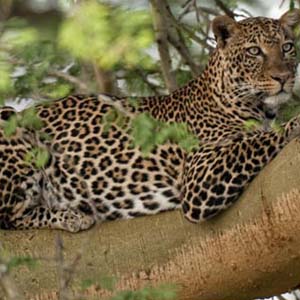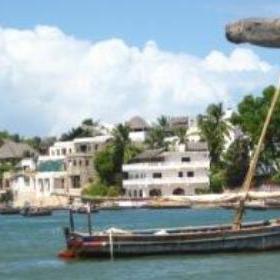Highlights of Kenya
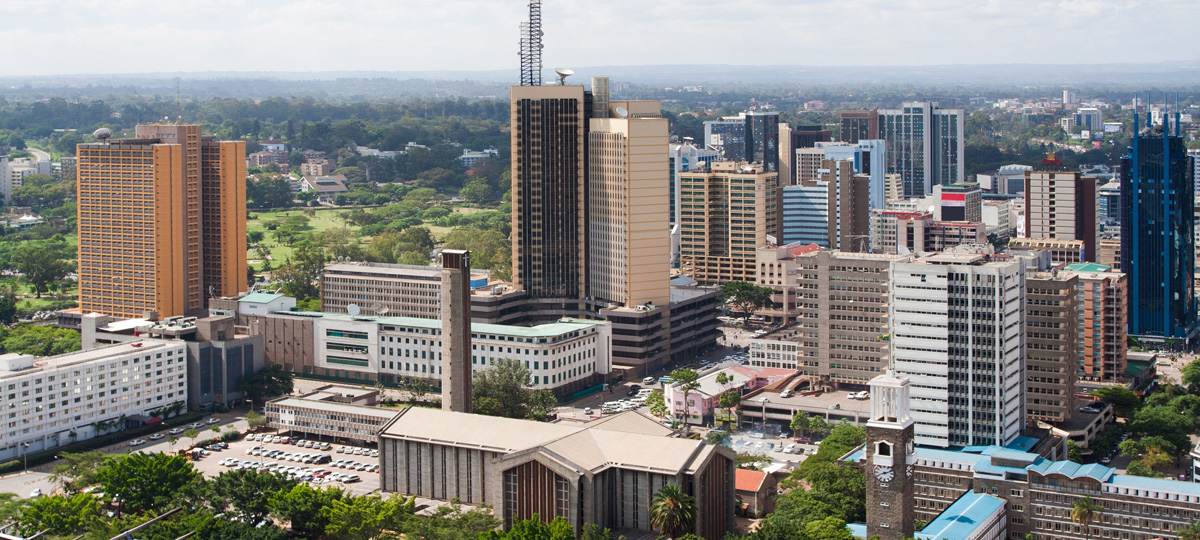
Nairobi
The capital city Nairobi is the starting point for most tours of Kenya. Attractions in Nairobi include the Nairobi National Park which is just 10 kilometres from the heart of the city centre and the Karen Blixen Museum which was once part of Karen Blixen's vast coffee estate and made famous by the film 'Out of Africa'. Other options include the Giraffe Centre, a sanctuary for the endangered Rothschild giraffe, Daphne Sheldrick's animal orphanage on the edge of Nairobi National Park which successfully raises orphaned wild animals (mainly elephant and rhino) and reintroduces them into the wild, the newly refurbished National Museum or visits to the open air Maasai markets.
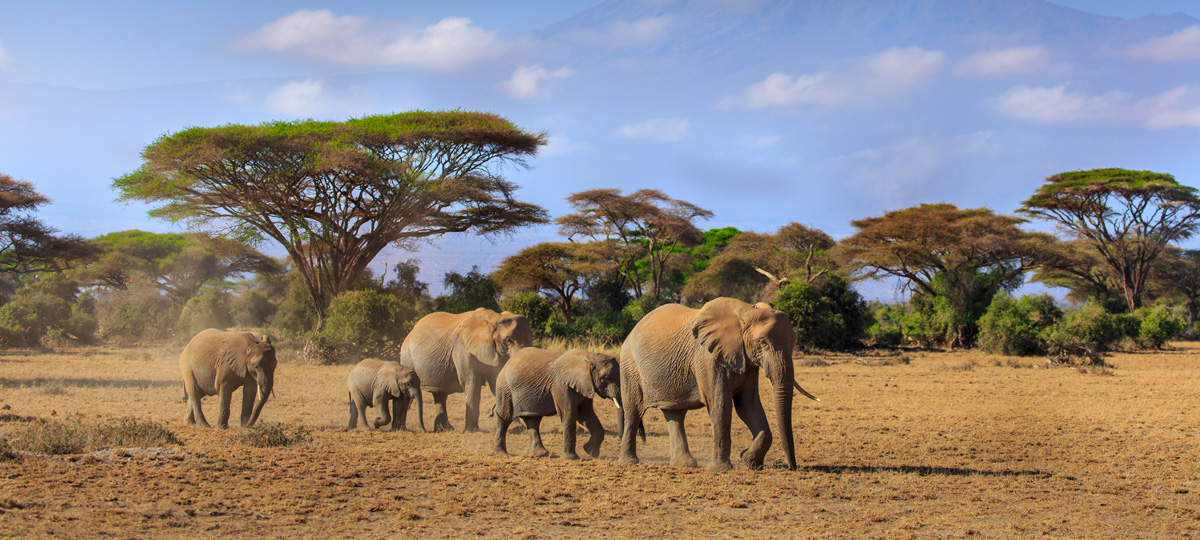
Amboseli National Park
Amboseli lies south of Nairobi at the foot of Africa's highest mountain, Mount Kilimanjaro. The snow capped peak of Kilimanjaro rising above a saucer of clouds dominates every aspect of the reserve and provides a backdrop to a spectacular display of wildlife –lion, elephant, leopard, rhino, cheetah, buffalo and a host of plains game. The Tanzania border runs along its base and also forms the boundary of the park. Amboseli has five main wildlife habitats: open plains, acacia woodland, rocky thorn bush area, swamps and marshland, and a temporary lake, Lake Amboseli, that floods when the area receives heavy rainfall and attracts an amazing variety of birds.
The nearby Chyulu Hills are a chain of volcanic hills ideal for activities such as hiking and horse riding safaris.
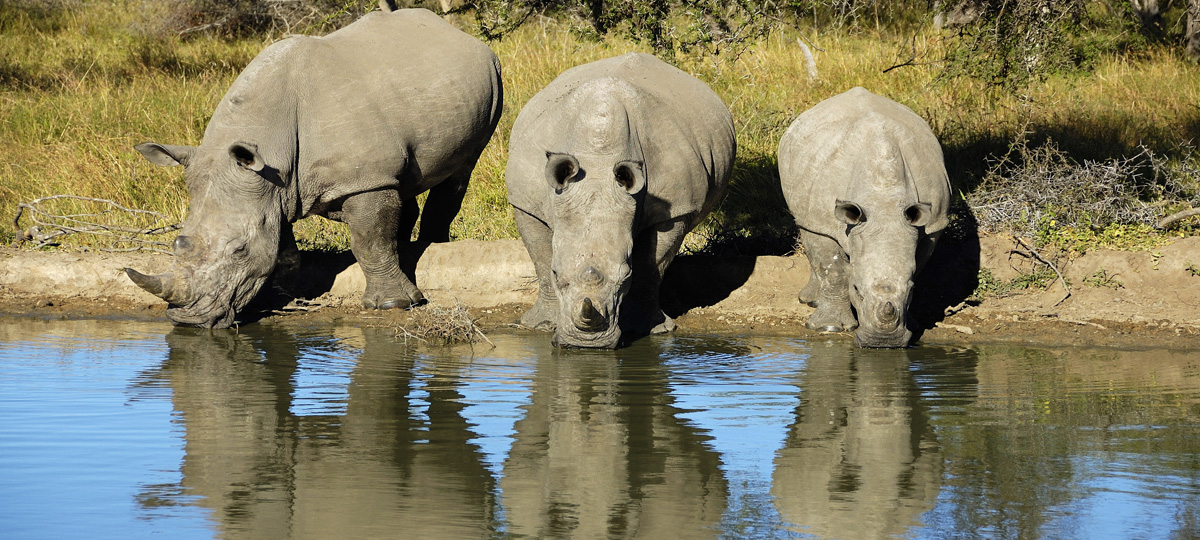
Tsavo East and West National Parks
The combined area of Tsavo East and West parks covers an area of 21,812 square kilometres, making this one of the world's largest game sanctuaries. Tsavo East, once a great elephant and rhino domain, remains a unique wilderness destination –a land of harsh arid desert, housing a diversity of life. In these wild surroundings, wildlife viewing is far more challenging but also often far more rewarding. Tsavo West's boundaries encompass a huge variety of habitats, from forests and arid desert plains, to rich riverine groves and the haunting lava flows of Shetani. The endangered black rhino can be seen in the small rhino sanctuary. The park's undisputed showpiece is the crystal clear Mzima Springs with its oasis of raffia palms and fig trees. An underwater observation post here offers a novel close encounter with the large crocodiles and pods of hippo that flourish in the cold waters.

The Laikipia Region, Lewa Conservancy & Mount Kenya
The Laikipia region is a broad swathe of game-rich grasslands and hills that stretch from the slopes of snow capped Mount Kenya to one side and the wild deserts of the north to the other. Vast ranches have been transformed into private game reserves and several local communities in the area have joined the ranches to form a huge protected wildlife haven. The Lewa conservancy is dedicated to conservation and is now one of East Africa's great success stories with over sixty rhinoceros, both black and white, on their property. Game viewing in the Laikipia and Lewa region is exceptional and can be in custom built safari vehicles, on foot or on a camel or horse back safari. Cultural visits to the various community development projects can be organised and other activities include scenic flights, private luxury mobile camps, fly camping or spending a night under the starse.
Another of Kenya's great conservation successes in the the Ol Pejeta Conservancy with its chimp sanctuary. The famous Mt. Kenya Safari club is also found in this region. The nearby Aberdares are an isolated volcanic range which form part of the eastern wall of the Rift Valley. It is one of Africa's richest alpine landscapes with ancient cedar forests, heather moorlands and bamboo groves divided by icy streams and waterfalls. The forests are home to Kenya's rarest antelope, the bongo.

Lake Turkana
This is a truly off-the-beaten-track destination which can be reached by private charter and is home to fascinating nomadic tribes and exceptional archaeological sites. The UNESCO World Heritage listed Lake Turkana National Parks comprises three parks: Sibiloi and two islands (Central Island and Southern Island) on Lake Turkana. The area is an important stopping point for migratory birds, a breeding ground for the Nile crocodile and hippopotamus, and also contains unique fossils. Sibiloi lies on the lake's eastern shore, and is internationally known for the Australopithecus remains found there, while the volcanic islands are both known for their crocodiles. The lake itself is the world's largest permanent desert lake, the world's largest alkaline lake and the world's fourth largest salt lake.

Samburu, Buffalo Spings and Shaba National Reserves
Set against a backdrop of the mighty mountain Ol Olokwe this harsh, savagely beautiful wilderness depends on the steady flow of the Uaso Nyiro River for its existence. Samburu, Buffalo Springs and Shaba National Reserves lie in northern Kenya and are adjacent to each other within the lands of the Samburu. Since the area is semi-arid, animals are often concentrated near the Uaso Nyiro River, providing fabulous game viewing. The river attracts a wide variety of animal species not found south of the equator, including the majestic Beisa oryx, the reticulated giraffe, the thin-striped Grevy's zebra and the gerenuk antelope which stands on its hind legs to feed. Elephant, buffalo, lion and leopard can also all be seen along the river, and the 400 plus species of birds are positively spectacular. This area is home to the Samburu tribe, cousins of the Maasai, with whom they share the same nomadic, cattle-herding existence. In areas around the reserves, several private sanctuaries work closely with the Samburu to protect both their tribal lands and the local wildlife
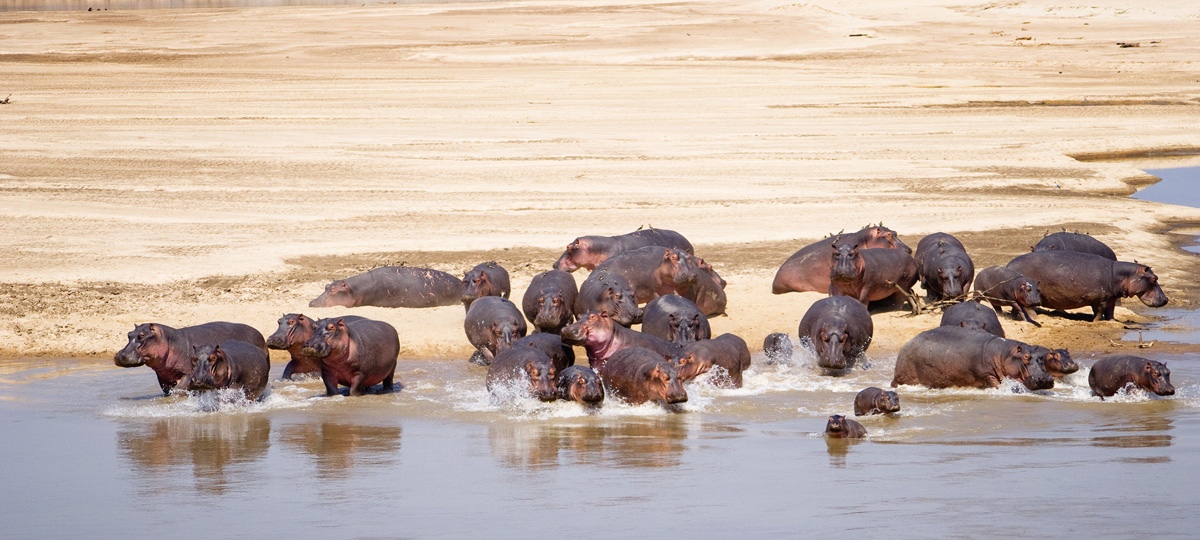
Meru National Park
Wildlife is plentiful in this beautiful, but less visited, gem. Meru boasts amazing habitat variation with forest, swamp and savannah pierced by a seemingly endless series of streams which branch out from the Tana River bringing life to the area. Meru's thick forests, tall grass and beautiful Doum palms are surrounded by rolling hills and stark kopjes. The park is famous as the setting where the world famous lioness Elsa, of Born Free fame was returned to the wild.

Great Rift Valley & Lakes Region
As you drop down into the Rift Valley, your first views are of Mount Longonot and Lake Naivasha, a beautiful freshwater lake fringed by thick papyrus. Hell's Gate National Park lies beside the lake and the park gets its name from the massive red tinged cliffs framing a geothermically active interior of steam vents and bubbling springs. Further down you find Lake Elementaita, a small soda lake nestled in the eastern sweep of the Great Rift Valley. Renowned for its thousands of pink flamingos, Lake Nakuru also boasts frequent leopard and rhino sightings. Lake Bogoria is truly beautiful, surrounded by volcanic ranges that stretch as far as the eye can see. The soda waters of Lake Baringo attract massive flocks of flamingos while the western shore is lined with spouting geysers - the spurting steam, bubbling geothermal pools and fresh water springs attract an abundance of birds and wildlife.
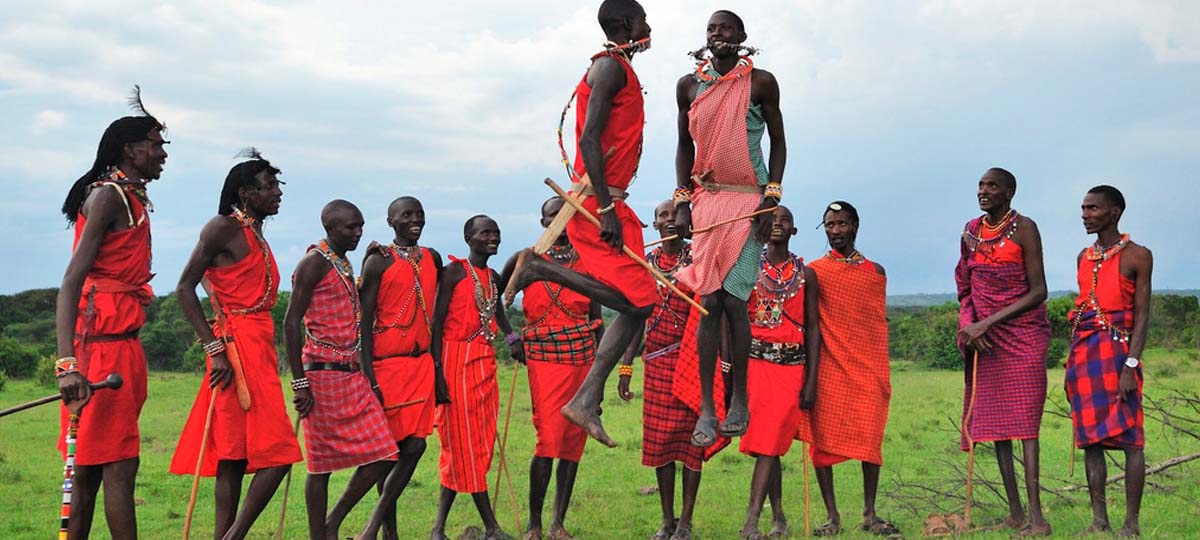
Masai Mara National Reserve
The northern part of the vast Mara-Serengeti ecosystem, this reserve has a spectacular array of wildlife and big game. The incredible wildebeest migration takes place in the Mara between July and September when the grasslands of the Masai Mara are covered by a mass of moving wildebeest as far as the eye can see. As this is an act of nature the timings may vary slightly from year to year. This migration only happens in East Africa and is one of the most impressive displays of wildlife around the world. It is estimated that over two million animals migrate in a year round pattern within Tanzania and Kenya, following the rain and greener pastures. At this time large predators take advantage of the enormous numbers of animals in the plains and drama unfolds at every corner. Around October the main herds begin their journey towards Tanzania.
Apart from excellent year round game viewing in the Mara, there is also the opportunity to experience Kenya's rich cultural heritage. Many local communities still follow the traditional way of life with ancient customs. Visit a Maasai village and learn about their traditional way of life, community development and the preservation of traditional livelihoods.
Lake Victoria, the world's second largest freshwater lake, can be visited easily as a day trip or overnight from the Mara. Activities include Nile perch fishing, water sports and visits with the Luo tribe in quaint fishing villages.

Coastal Kenya
The Kenyan coast is a tropical paradise of palm fringed white sand beaches, where the waters of the Indian Ocean meet beautiful coral reefs.
Mombasa is Kenya's second largest town and has a cosmopolitan population blending African, Asian and Arabic cultures. The nearby towns of Malindi and Watamu are excellent bases for deep sea fishing. The coastal area has a rich, colourful history and some of the highlights are the 16th century Fort Jesus, old town and dhow harbour. Protective reefs have created ideal beaches with calm, inviting waters. The reef walls offer world class diving with spectacular coral gardens. Activities like water skiing, windsurfing and deep sea fishing are available. Lamu is an ancient Arab island, blissfully lost in the tides of history with its historical mosques, narrow streets and lack of cars. There are also other smaller islands to explore.


